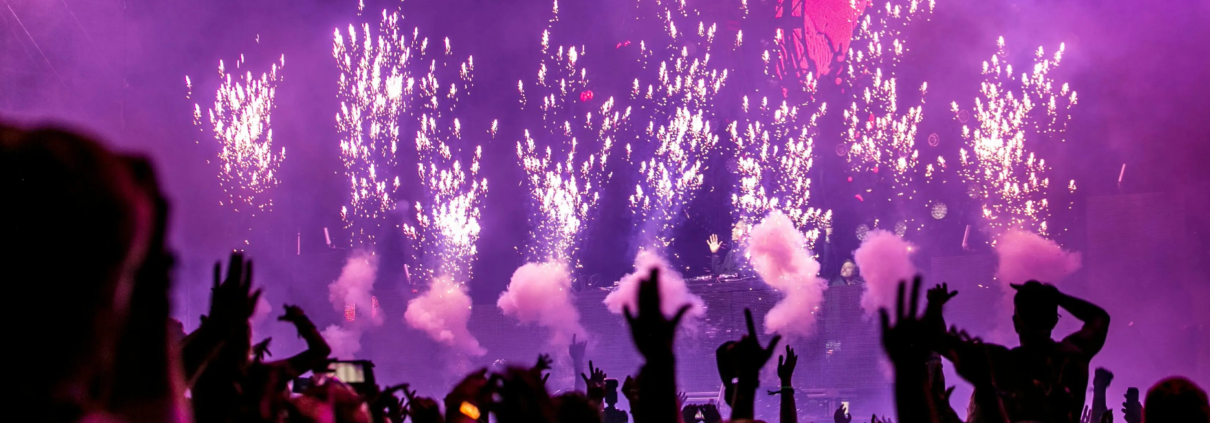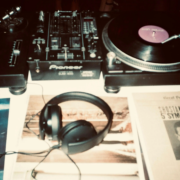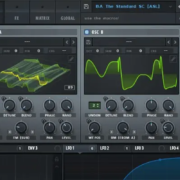Exploring the Diverse World of Music Genres
Music is a universal language that transcends borders, cultures, and generations. Its diversity is a testament to human creativity, with genres evolving and blending over centuries. For music enthusiasts, DJs, and festival-goers, understanding the variety of music styles can enrich our appreciation and open up new avenues for creativity. Let’s dive into some of the most popular music genres and explore what makes each unique.
1. Pop Music
Pop music, short for “popular music,” is crafted for mass appeal. This genre is characterized by its catchy melodies, repetitive structures, and relatable themes, often revolving around love, heartbreak, and self-expression. Pop music thrives on versatility, incorporating elements from rock, electronic, and even hip-hop to stay relevant.
Notable subgenres include synth-pop, which dominated the 1980s with its electronic sounds, and teen pop, which surged in the late 1990s and early 2000s with artists like Britney Spears and NSYNC. K-pop (Korean Pop) has also become a global phenomenon, thanks to groups like BTS and BLACKPINK.
Its ability to evolve and resonate across generations ensures pop music’s enduring appeal on radio waves, streaming platforms, and beyond.
2. Rock and Roll
Emerging in the 1950s, rock music revolutionized the industry with its powerful guitars, driving beats, and rebellious spirit. Early pioneers like Chuck Berry and Elvis Presley merged blues, country, and R&B influences into a new, energetic sound.
Rock’s versatility gave birth to numerous subgenres:
- Classic Rock: Defined by iconic bands like The Rolling Stones, Led Zeppelin, and The Beatles.
- Punk Rock: A raw, aggressive style championed by bands like The Ramones and The Sex Pistols.
- Grunge: A 1990s movement led by Nirvana and Pearl Jam, blending angst-filled lyrics with heavy guitar riffs.
- Alternative Rock: Spanning from Radiohead’s experimental soundscapes to Coldplay’s anthemic choruses.
The cultural impact of rock music cannot be overstated, shaping everything from fashion to politics. Its live performances remain a cornerstone of its legacy, with iconic concerts like Woodstock defining generations.
3. Electronic Dance Music (EDM)
EDM is synonymous with modern-day festivals, nightclubs, and global dance movements. This genre, characterized by synthesized sounds and pulsating beats, is designed to get listeners moving. Emerging from disco and techno in the late 20th century, EDM has since exploded into mainstream popularity.
Key subgenres include:
- House: Known for its 4/4 beat and soulful undertones, pioneered by DJs like Frankie Knuckles in Chicago.
- Techno: Born in Detroit, this style emphasizes mechanical rhythms and futuristic sounds.
- Trance: Focused on melodic builds and emotional drops, with artists like Armin van Buuren leading the scene.
- Dubstep: Recognizable for its wobbling basslines and high-energy drops, popularized by Skrillex.
EDM festivals like Tomorrowland and Ultra Music Festival attract millions of fans annually, uniting people through the power of music. For DJs, EDM offers endless possibilities for remixing and creative experimentation.
Explore more about remixing trends at MP4 Remix.
4. Hip-Hop and Rap
Hip-hop is both a cultural movement and a music genre. Emerging from the streets of the Bronx in the 1970s, it began as a form of self-expression among marginalized communities. The four elements of hip-hop culture are DJing, MCing (rapping), breakdancing, and graffiti art.
Rap, the vocal element of hip-hop, blends rhythm, rhyme, and storytelling. From socially conscious lyrics to party anthems, hip-hop’s versatility has made it a dominant force in global music. Notable movements include:
- Golden Age Hip-Hop: The late 1980s and early 1990s with iconic acts like Public Enemy, Run-D.M.C., and Nas.
- Gangsta Rap: Tackling themes of street life and systemic oppression, popularized by N.W.A. and Tupac Shakur.
- Modern Hip-Hop: Artists like Drake, Kendrick Lamar, and Cardi B push boundaries with innovative beats and cross-genre collaborations.
Today, hip-hop influences everything from fashion to social movements, proving its cultural significance.
5. Classical Music
Classical music represents centuries of tradition, with compositions dating back to the medieval period. It is primarily instrumental and relies on complex structures and harmonies to evoke emotion.
Key periods include:
- Baroque (1600-1750): Known for its ornate style and composers like Johann Sebastian Bach.
- Classical Era (1750-1820): Featuring balanced compositions by Mozart and Haydn.
- Romantic Era (1820-1900): Emphasizing emotional depth, with works by Beethoven, Chopin, and Tchaikovsky.
Classical music remains relevant today, influencing film scores, modern electronic music, and beyond. Its timeless nature continues to inspire new generations of artists.
6. Reggae
Reggae originated in Jamaica during the late 1960s, characterized by its offbeat rhythm, soulful melodies, and socially conscious lyrics. The genre became a symbol of resistance and unity, largely thanks to Bob Marley.
Subgenres like dancehall and dub have kept reggae evolving. Dancehall introduces faster tempos and electronic beats, while dub focuses on remixing tracks with heavy use of reverb and bass.
Reggae’s influence extends beyond music, impacting global culture, fashion, and social movements, especially those advocating for peace and equality.
7. Jazz
Jazz is a celebration of improvisation and freedom. Born in New Orleans, it blends African-American traditions with European harmony.
Subgenres include:
- Swing: Popular in the 1930s and 1940s, characterized by its danceable rhythms.
- Bebop: A more complex, improvisational style from the 1940s.
- Smooth Jazz: A contemporary style combining jazz with R&B influences.
Artists like Miles Davis and Ella Fitzgerald remain legendary figures, while modern musicians continue to push jazz’s boundaries.
8. Latin Music
Latin music encompasses styles like salsa, reggaeton, and bachata, pulsating with energy and passion. Artists like Shakira, Bad Bunny, and Rosalía have merged traditional sounds with global influences, creating chart-topping hits.
Its infectious rhythms and passionate vocals have made Latin music a global sensation, influencing pop and hip-hop alike.
9. Country Music
Rooted in American folk traditions, country music tells heartfelt stories through its lyrics. Subgenres include:
- Bluegrass: Emphasizing traditional sounds with banjos and fiddles.
- Outlaw Country: Popularized by legends like Johnny Cash.
- Country Pop: Blending country with pop elements, seen in artists like Taylor Swift.
10. World Music
World music celebrates the diversity of global traditions, blending indigenous instruments and rhythms with modern production. From African drumming to Indian sitar melodies, it highlights the richness of cultural heritage.
Understanding different music genres not only broadens your horizons but also fuels creativity, especially for DJs and remix artists. For more DJ resources and tips, visit MP4 Remix.












Leave a Reply
Want to join the discussion?Feel free to contribute!